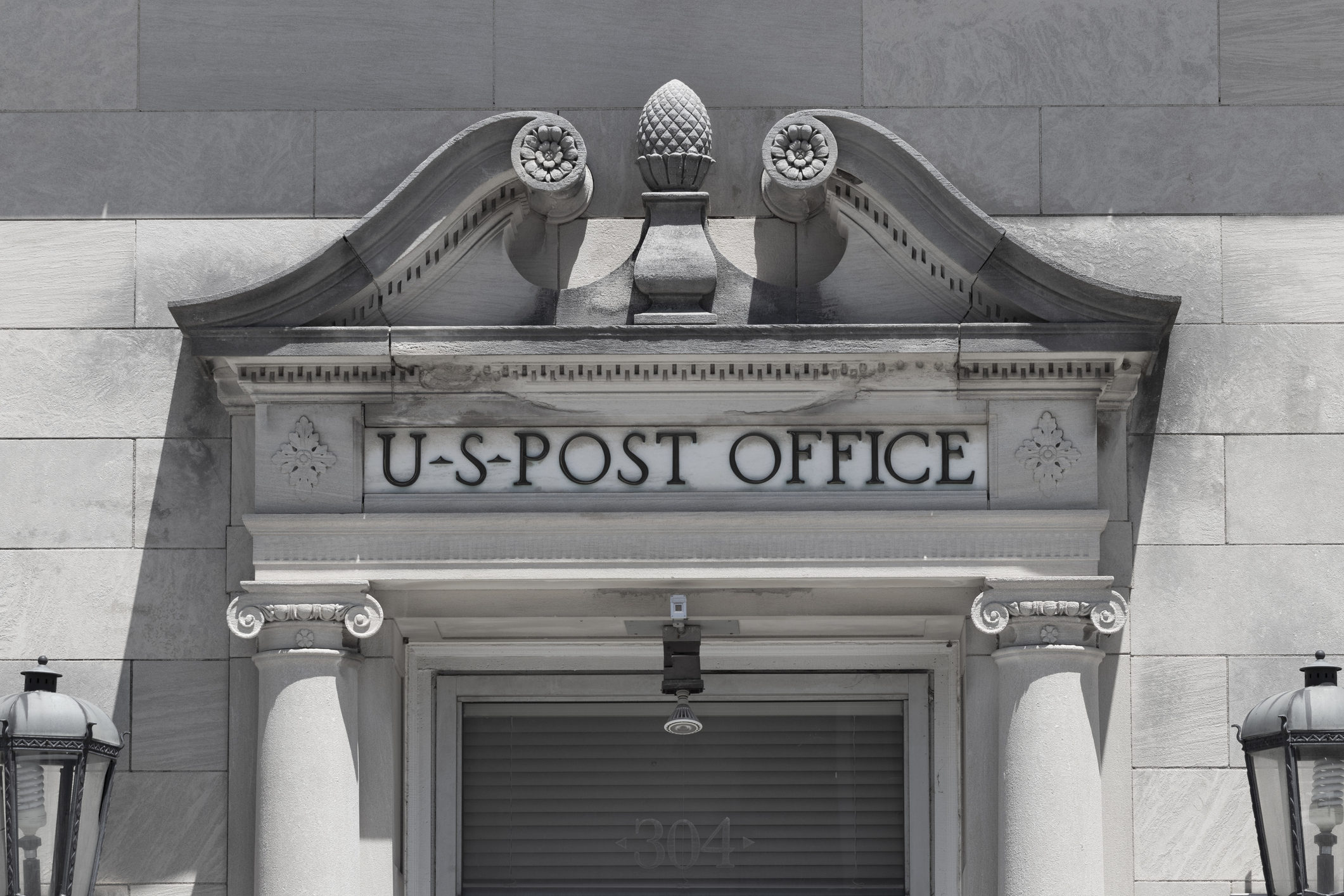USPS Address Change Policy: What You Need to Know
You must verify your identity to the USPS to activate an address change request.


Part of protecting yourself against identity theft is protecting your mail. Sometimes when you move it can take a few days for your mail to catch up to you. The U.S. Postal Service uses enhanced security protocols surrounding its change of address (COA) service by implementing additional identity verification methods. The USPS made these enhancements to address global identity theft concerns and to further protect customers' information. The change of address service can be completed online at USPS.com, or by visiting your local Post Office.
The Postal Service takes the issue of identity theft very seriously because it’s happening to them too. The Postal Service is seeing a surge in mail thefts and letter carrier robberies. From March 2020 to February 2021, the U.S. Postal Inspection Service received nearly 300,000 mail theft complaints; that’s more than a 160% increase compared to the same period a year prior.
In addition to tightening its change of address procedures, the Postal Service and the Postal Inspection Service have a joint initiative to combat the rise in mail theft called Project Safe Delivery. Prevention efforts include the rollout of high security collection boxes, electronic arrow locks (elocks), and modified arrow key locks.

Sign up for Kiplinger’s Free E-Newsletters
Profit and prosper with the best of expert advice on investing, taxes, retirement, personal finance and more - straight to your e-mail.
Profit and prosper with the best of expert advice - straight to your e-mail.
Verification requirements
The basics of filing a change of address form with the USPS haven't changed. However, the USPS has an additional step to the process to verify your identity. How you verify your identity will depend on how you filed your COA. And your COA is only activated after your ID has been verified.
If you are unable to verify your identity online or in person, you will be unable to activate a USPS change of address. If this is the case, the USPS suggests you directly notify your various creditors and organizations of the address change. You don't want to leave behind any sensitive or critical identifying information.
Online filers will incur a $1.10 charge and will need a valid mobile phone number. If you go in person to change your address, you will need a valid photo I.D. and it’s recommended that you bring a second form of identification that includes your old or new address.
Verifying your ID when filing online
After you fill-in your personal information, you’ll start the process of verifying your identity. You can opt-in online to receive a verification code or link on your mobile phone. You will be required to pay a $1.10 identity verification fee and the billing address on the credit card must match either your old or new address.
If your online identity verification succeeds, the USPS will email you a confirmation code. Keep this code and be careful not to lose it. You can use this code if you need to modify or cancel your request.
Online identity verification failure. If your online identity verification was not successful, you will need to complete a change of address in person at a post office. You will receive an email with instructions and a barcode to verify your identity in person at a post office. The required identification will be the same as if you filed in-person.
Verifying your ID at a post office
If you decide to request a change of address form onsite at a post office, remember to bring two forms of ID. You'll need to present one of the following photo identifications that is current and unexpired:
- State issued driver's license or non-driver's license identification card (name and address must match the old or new address on your request)
- U.S. Passport (requires a secondary form of identification)
- Uniformed Services Identification Card (requires a secondary form of identification)
If you use a passport or Uniformed Services Identification Card, you'll need to present a second form of ID that includes your name and an address. Remember that the name and address on any secondary identification must match the old or new address on your change of address request.
Suggested types of secondary forms of ID include:
- Lease, mortgage or deed of trust
- Voter or vehicle registration card
- Home or vehicle insurance policy or card
Related Content
Get Kiplinger Today newsletter — free
Profit and prosper with the best of Kiplinger's advice on investing, taxes, retirement, personal finance and much more. Delivered daily. Enter your email in the box and click Sign Me Up.

Donna joined Kiplinger as a personal finance writer in 2023. She spent more than a decade as the contributing editor of J.K.Lasser's Your Income Tax Guide and edited state specific legal treatises at ALM Media. She has shared her expertise as a guest on Bloomberg, CNN, Fox, NPR, CNBC and many other media outlets around the nation. She is a graduate of Brooklyn Law School and the University at Buffalo.
-
 10 Major AI Companies You Should Know
10 Major AI Companies You Should KnowThese 10 AI companies are at the forefront of machine learning. Find out how they’re driving innovation and jostling to be the biggest players in the game.
By Tom Taulli Published
-
 How Baby Boomers and Gen Xers Are Redefining Retirement Living
How Baby Boomers and Gen Xers Are Redefining Retirement LivingBoth generations need to embrace change and leverage real estate as a dynamic asset in their retirement planning. Here's how financial advisers can help, too.
By David Conti, CPRC Published